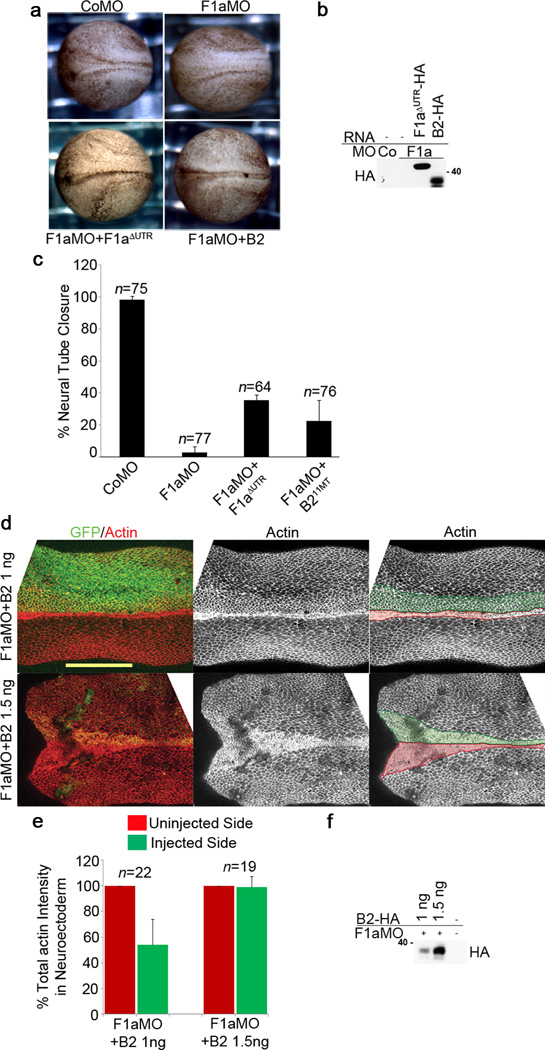Figure 9. Neural tube closure defects of F1aMO-injected embryos are caused by loss of ephrinB2.
(a) EphrinB2 expression in F1aMO-injected embryos rescues neural tube closure defects. Dorsal view of embryos injected with F1aMO or CoMO alone or with F1aΔUTR-HA or ephrinB2-HA (1.5 ng) RNA as indicated. (b) Titration of ephrinB2-HA expression with F1aMO. Western analysis of embryos from (a) injected with F1aMO and ephrinB2-HA RNA (1.5 ng) or F1aΔUTR-HA RNA. (c) EphrinB2-HA expression as well as flotillin-1aΔUTR-HA expression partially rescues neural tube closure defects observed in F1aMO-injected embryos. Percentages of neural tube closures in (a) were calculated for the indicated MO and RNA injections. The results represent three independent experiments. Error bars represent s.d. (d) F1aMO-induced decrease in mean actin intensity is rescued by ephrinB2. Confocal image of the neural tube of embryos injected with a high level (1.5 ng) or a low level (1 ng) of ephrinB2 RNA and the F1aMO. GFP (green) marks the injected side, and actin is stained red (phalloidin staining) on both sides as in Fig. 8c. Scale bar represents 300 µm. (e) Quantification of total actin intensity in neuroepithelium from (d). These results represent two independent experiments. Error bars denote s.d. (f) Western blot showing ephrinB2 expression levels in (d).

